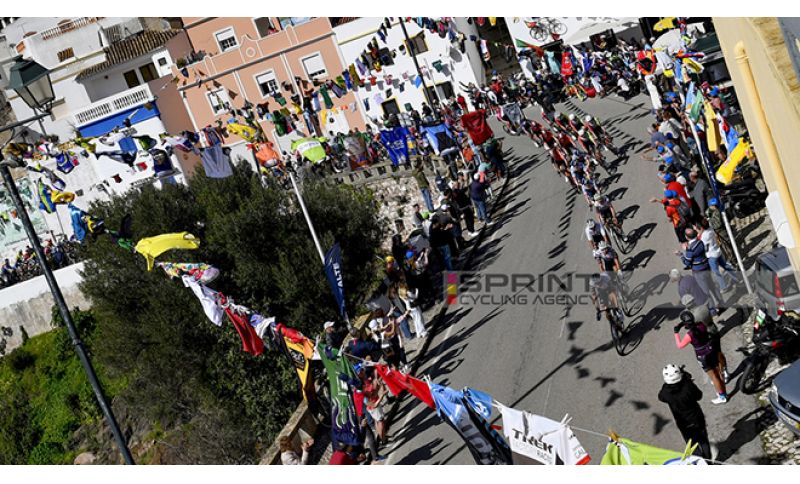

Cycling is a sport where technology plays a crucial role. We talk about power, aerodynamics, weight, and speed, but measurements also have their value when discussing the bikes of great champions. Until a few years ago, the rule for cranks was to choose length based on leg length. But among professionals, the new trend is: the shorter, the better. And besides Pogacar, now Wout van Aert and almost all of his teammates at Visma-Lease a Bike are adopting shorter cranks.
Tadej Pogacar has been using them for two years, and last winter, half of the professional group started following him, just as in the Visma-Lease a Bike, where besides Jonas Vingegaard and Wout van Aert, 27 out of 29 riders have chosen them.
At Lotto, Jasper De Buyst, who is 179 cm tall, has switched from 170-millimeter cranks to 165-millimeter cranks on his bike. For Remco Evenepoel, the use began some time ago, and Iljo Keisse, Soudal Quick-Step team manager, stated that he has received many requests from his riders, and the same applies to Lidl-Trek and Intermarchè Wanty.
Wout van Aert opted for shorter cranks despite his 190 cm height, which is incredible considering that until a few years ago, anyone making such a choice would have been considered crazy: the Belgian has moved from 172.5 mm to 165 mm. Tadej Pogacar, who is 176 cm tall, went from 172.5 mm in 2022 to 165 mm last year. Remco Evenepoel also rides with 165 mm cranks, with a more compact height of 171 cm. To better understand the direction to take, Visma-Lease a Bike decided to rely on experts, in this case, Kevin and Michael Van Staeyen, former cyclists and osteopaths, as well as bike fitting experts: they created special sensors to be applied to cranks when the bike is in motion. Through this study, it was possible to measure pedaling efficiency based on crank length on road bikes.
The results collected with infrared sensors were highly appreciated, and among the major advantages, an increase in pedaling comfort was highlighted, less stress on joints, and greater stability during pedaling.
In the past, the principle was: the longer the lever, the greater the rotational force that can be developed. And those levers on the bicycle are the pedal arms or cranks. However, it was clearly observed that pressure on joints, knees, and pelvis is greater with longer cranks compared to performing a smaller circular movement with shorter cranks. Today, there is often talk of compression of inguinal or pelvic arteries in cyclists, but with shorter cranks, the hip yields less, and pressure on arteries is lower.
The advantages, however, go beyond comfort and are also seen in performance. The study showed how hips yield less and knees rise less, so shorter cranks allow cyclists to adopt a lower and more aerodynamic position. If the cranks are then used in combination with a saddle moved forward, it will be possible to assume a position that will favor the development of greater power. This study also analyzed what happens in curves, where shorter cranks favor a shorter turning radius, allowing cyclists to continue pedaling longer.
These analyses have highlighted many positive aspects, but not all riders benefit from a shorter crank. Many more samples are still needed, and the study is obviously still limited in numbers. It will be the riders who, at the end of the season, will draw conclusions and be able to say whether the advantage in terms of performance and comfort was truly there.
